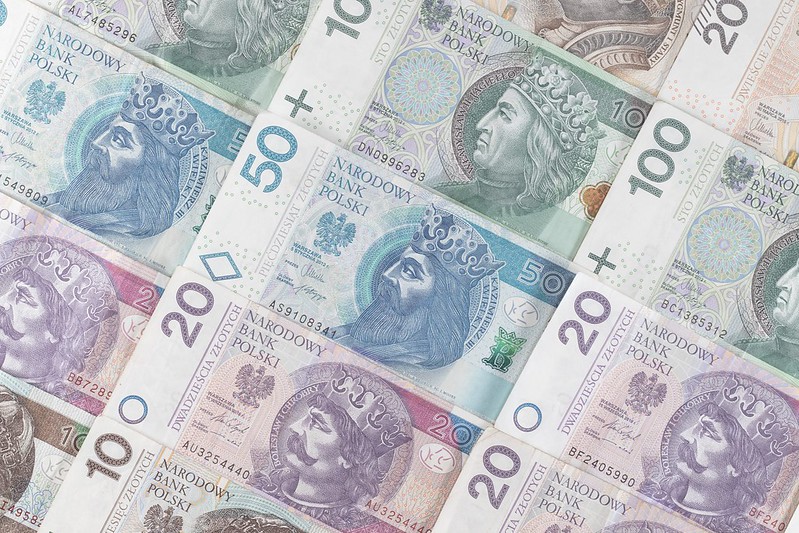
Poland's headline inflation rate for September has marked a significant slowdown, dropping to 8.2% year-on-year, which is below the anticipated 8.5%, as per a preliminary estimate from the
state statistics agency GUS. This development signifies the first time that inflation has dipped below the 10% mark since February 2022 and represents the lowest level recorded since late 2021. It's noteworthy that inflation had reached its peak at 18.4% back in February of this year.
The decline in fuel prices for private transportation, which were 7% lower compared to the same period last year, has been a substantial factor contributing to this deceleration.
Analysts at PKO Bank Polski commented on the situation, stating, "The wartime price shock is gradually subsiding." They also noted that core inflation, which excludes volatile products like food and fuel, is estimated at 8.6%, also remaining in single digits.
On a month-to-month basis, prices fell by 0.4%, with fuel prices down by 3.1%, energy by 0.8%, and food by 0.4%. Recent weeks have witnessed allegations against the state oil giant Orlen, claiming that it artificially lowered fuel prices to benefit the ruling party ahead of next month's elections. Orlen has denied these allegations.
September marks the fifth consecutive month without a month-on-month price increase, and it is the month that has seen the most significant price drop since 2016, according to Bank Pekao economist Kamil Łuczkowski, as cited by the Polish Press Agency (PAP).
Kamil Łuczkowski commented further, stating, "Disinflation continues to be influenced by last year's high base, but the current trend also indicates a noticeable weakening of inflationary pressures. According to our projections, inflation will fall below 7% year-on-year by the end of 2023."
The economist believes that this data will likely persuade Poland's central bank monetary policy council (MPC) to further reduce interest rates during the upcoming rate-setting meeting.
"In our view, the MPC will reduce rates once more, but this time by a smaller margin than in the previous meeting, possibly by 25 basis points. However, it's worth noting that the MPC tends to spring surprises," he added.
Last month, the National Bank of Poland (NBP) surprised the markets with a 75-basis-point cut, which was three times larger than expected, reducing the rate to 6%.
Authorities have welcomed today's inflation data, with government spokesman Piotr Müller expressing optimism about "the potential for a more rapid decline in inflation towards the end of the year."
Meanwhile, Paweł Borys, the head of the state Polish Development Fund (PFR), sees this data as indicative of the Polish economy effectively managing to control inflation as part of a "soft landing strategy." This term refers to the containment of high inflation through policy tools like interest rate adjustments, without triggering a recession.
However, analysts have taken a more critical stance, highlighting that core inflation in Poland is decelerating at a slower pace compared to other countries in the region.
"September's inflation data reveals a significant decline in core inflation from 10% to approximately 8.5% year-on-year. While this is a positive sign, the disinflation process still lags behind other regional economies," noted analysts from ING Bank Śląski.
They further added, "Since its peak, core inflation has dropped by 3.8 percentage points in Poland, compared to 8.7 percentage points in the Czech Republic and 10.4 percentage points in Hungary. This implies that external factors are playing a substantial role in disinflation in our economy, while domestic policy measures are only weakly contributing to lowering inflation."








































